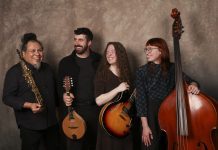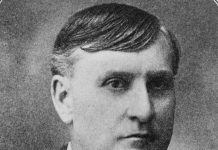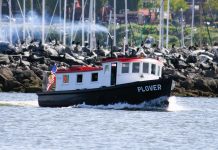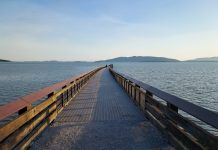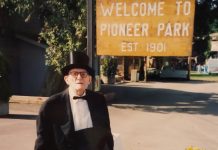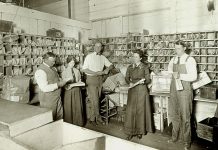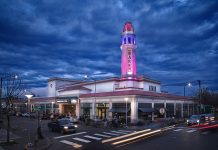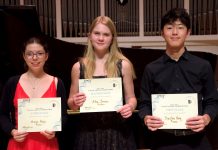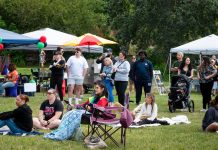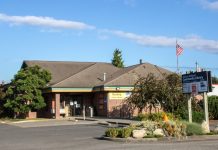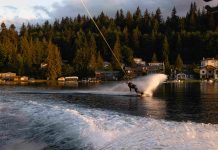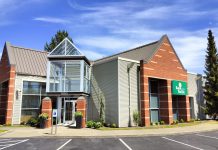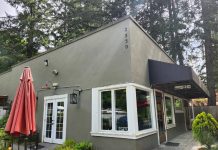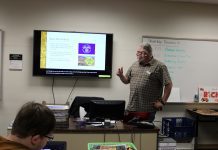Steven Harper’s favorite thing about birding is being outside and listening. “Being out in the woods or the fields is really special; getting away from all your electronic devices and everything else that’s going on in the news,” says Harper, president of the North Cascades Audobon Society (NCAS).
“In the winter, [Whatcom County is] a fantastic birding area because it’s so mild,” he explains. “All these birds that live inland with snow-covered or ice-covered lakes can winter here and survive on the food in the farm fields or mice and voles in the grassy areas like Lummi flats or in the ocean,” says Harper.
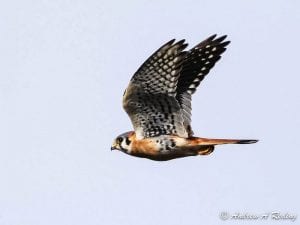
Despite our Northern Latitude, you might have noticed that winters here in Whatcom County aren’t very cold. Our close proximity to the sea keeps our temperatures cool, and humans aren’t the only ones who’ve noticed. Millions of birds every year flock West of the Cascades to enjoy our temperate winters and plethora of food, while their summer habitat is frozen over.
“Three major types of birds are very different [here] during the winter compared with the summer,” says Harper. “A huge number of raptors – eight or nine different types – are here in the winter.”
The best time to see raptors is around 9:00 a.m., just as it’s getting light out. They wake up hungry and are at their most energetic when it’s time to feed. The rest of the day they can still be seen in trees, on fence posts and telephone poles. And they have another feeding time just before dark.
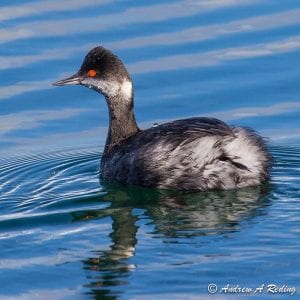
In the winter, you can sometimes see up to 100 eagles in the Samish flats. During feeding times, they fight over food, swooping and attacking each other in the air over a duck or a mouse. “Sometimes they’ll fight 10 or 15 minutes over one piece of food,” says Harper.
“My favorite place [to go birding] is Samish flats, the whole area between Bayview and Edison and bow and Burlington,” says Harper. Another closer favorite is the Lummi Flats on Slater Road where you can spot eagles at any time of the day. If they aren’t hunting, they’re often sitting on telephone poles and in trees.
Snow geese, trumpeter and tundra swans are also among our list of visitors. They fly in large flocks and can be seen in farmer’s fields. The trumpeter and tundra swans flock together and can be difficult to tell apart, although the trumpeter is a little bit larger with “a deep trumpet sound, and the tundra has a higher pitch,” says Harper.
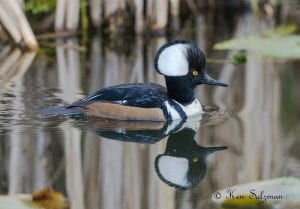
“The third group is along the ocean, Bellingham Bay and Semiahmoo,” Harper says. “We have a lot of loons and grebes and scoters that are here that nest inland or on the coast of Alaska in the summertime.”
Three different types of loons grace the shores of the bays eating small fish from the water and digging for shellfish.
“There are also thousands and thousands of ducks that come from inland and winter here, out in the bay and the fields and the potato fields,” Harper says. “Thousands of mallards, northern pintails American wigeons and scaups.”
Whatcom is also home to both day and night feeding owls. “Pygmy owls are daytime owls and make a hooting sort of sound,” Harper says. “If you hear that, you can look around and find a pygmy owl. They’re diurnal meaning they hunt [during the] day time, early morning and early evening. They’re about the size of a robin and they hunt songbirds and small mice too, but predominately small songbirds like chickadees and juncos.”
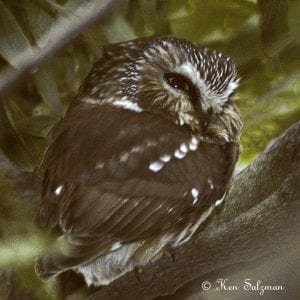
If you’re an owl lover, you can create a habitat for them on your own. The “saw-whet owl is so small, they’re basically about seven inches tall,” says Harper. “Most people never see them, I have them nesting around the house. They nest in wood duck houses or other houses you put out.”
Northern saw-whet owls are nocturnal and can be difficult to spot, but if you have a rodent problem or just enjoy owls, you might want to look into putting some nesting boxes in your yard.
Birdwatching is a rewarding hobby that can be enjoyed by all ages. “What really got me first started with birds is, I had a fourth grade teacher that had us all join a junior Audubon society,” says Harper “I don’t’ think it exists anymore. We basically had a whole unit on birds with a biologist who brought birds. That was pretty interesting.”
Harper’s fourth-grade teacher opened a world of possibilities for him and started a passion for nature that eventually led to a degree in biology and, for a short time, a career as a naturalist.
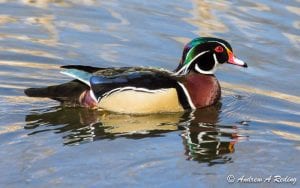
Harper is now the president of NCAS. “The main work of NCAS is conservation of habitat for birds,” he says. “The real focus is trying to get people to think about habitat conservation and climate change.”
Simple adjustments can make a big difference. Outdoor “house cats are a really big problem,” Harper says. “Cats eat millions and millions of birds. Most people don’t think their cats are eating birds because they don’t see it, but if your cat is running around outside, they’re catching birds. We recommend that if you’re going to have a cat, you should really keep it indoors. They also kill chipmunks and red squirrels,” he warns.
Birding is a wonderful way to enjoy wintertime in Whatcom County. Bring the family and a guide book to learn about new species. It’s a positive way of nurturing a passion for nature and the great outdoors in your little ornithologists.
North Cascades Audubon Society
A complete list of North American birds and their calls can be found here.




